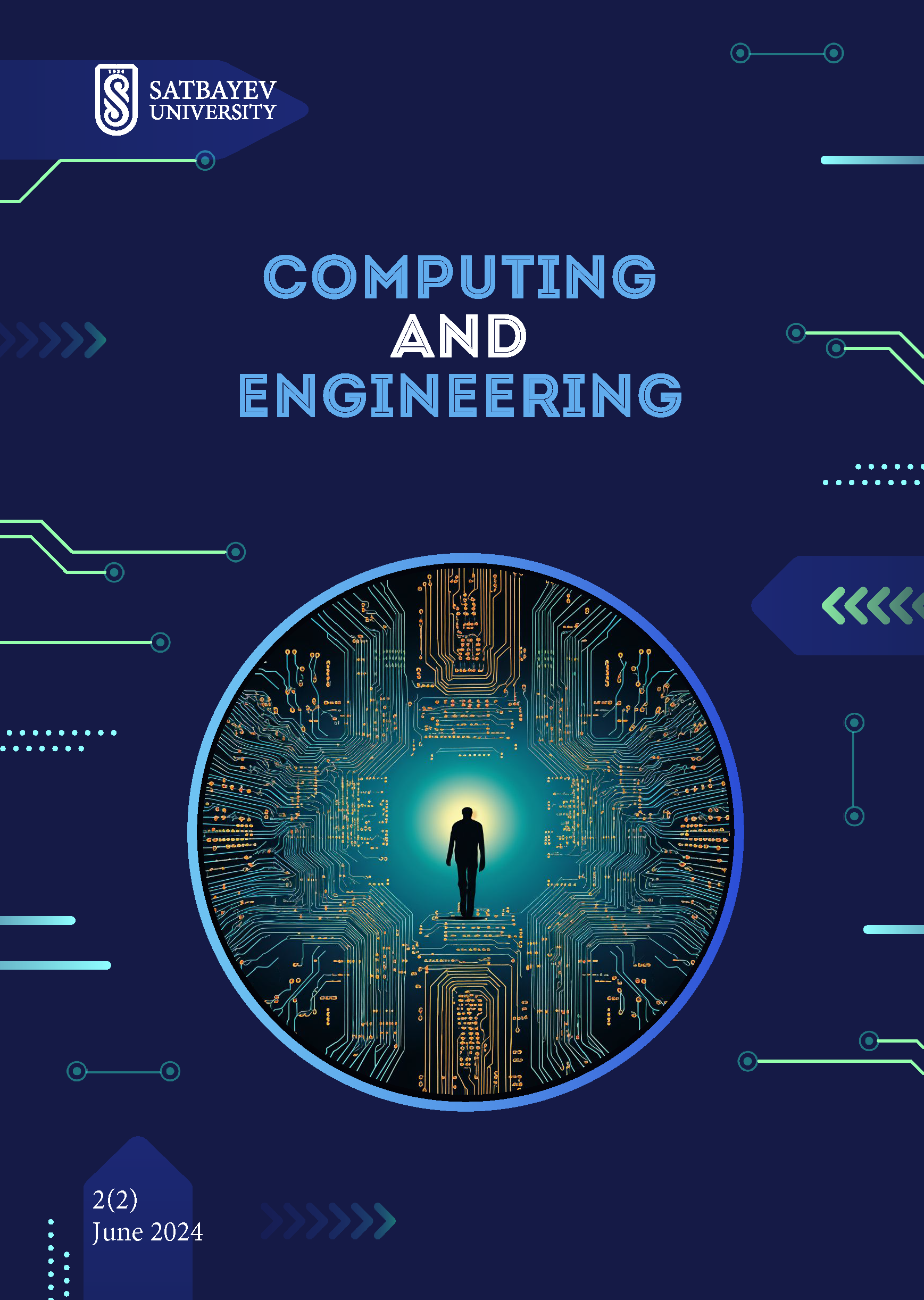Взаимосвязь спутниковых и мобильных сетей: сравнительный анализ скорости передачи данных и пропускной способности
DOI:
https://doi.org/10.51301/ce.2024.i2.05Ключевые слова:
космическая система связи, мобильная сеть, спутниковая связь, скорость передачи информации, метод модуляции, π/4-DQPSK, частотный диапазон, антенно-фидерная система, атмосферное затухание, энергетическое равновесие, эффективность системы связиАннотация
В данной статье рассматривается методика расчета основных параметров системы передачи информации от космического аппарата к сети наземных станций. В ходе исследования были проанализированы особенности развития систем мобильной и спутниковой связи, их взаимодополняемость и технические характеристики. В целях обеспечения эффективности системы передачи информации были проведены необходимые расчеты с учетом частотного диапазона системы, типа модуляции, потерь в антенно-фидерной системе и атмосферных воздействий. В качестве используемого диапазона частот был выбран диапазон 7-8 ГГц, а фактический рабочий диапазон определялся в диапазоне 7,25–7,30 ГГц. В качестве метода модуляции использовалась дифференциальная квадратурно-фазовая модуляция (π/4-DQPSK) с радиановым фазовым сдвигом π/4. По результатам расчетов ширина требуемой полосы частот составила 5 МГц, при этом учитывались суммарные потери и атмосферное затухание в антенно-фидерной системе. Результаты проведенного исследования могут служить методологической основой для проектирования и оптимизации систем мобильной и спутниковой связи.
Загрузки
Опубликован
Как цитировать
Выпуск
Раздел
Лицензия
Copyright (c) 2025 Computing & Engineering

Это произведение доступно по лицензии Creative Commons «Attribution-NonCommercial-NoDerivatives» («Атрибуция — Некоммерческое использование — Без производных произведений») 4.0 Всемирная.
<div class="pkpfooter-son">
<a rel="license" href="http://creativecommons.org/licenses/by-nc/4.0/"><img alt="Creative Commons License" style="border-width:0" src="https://i.creativecommons.org/l/by-nc/4.0/80x15.png"></a><br>This work is licensed under a <a rel="license" href="http://creativecommons.org/licenses/by-nc/4.0/">Creative Commons Attribution-NonCommercial 4.0 International License</a>.
</div>





